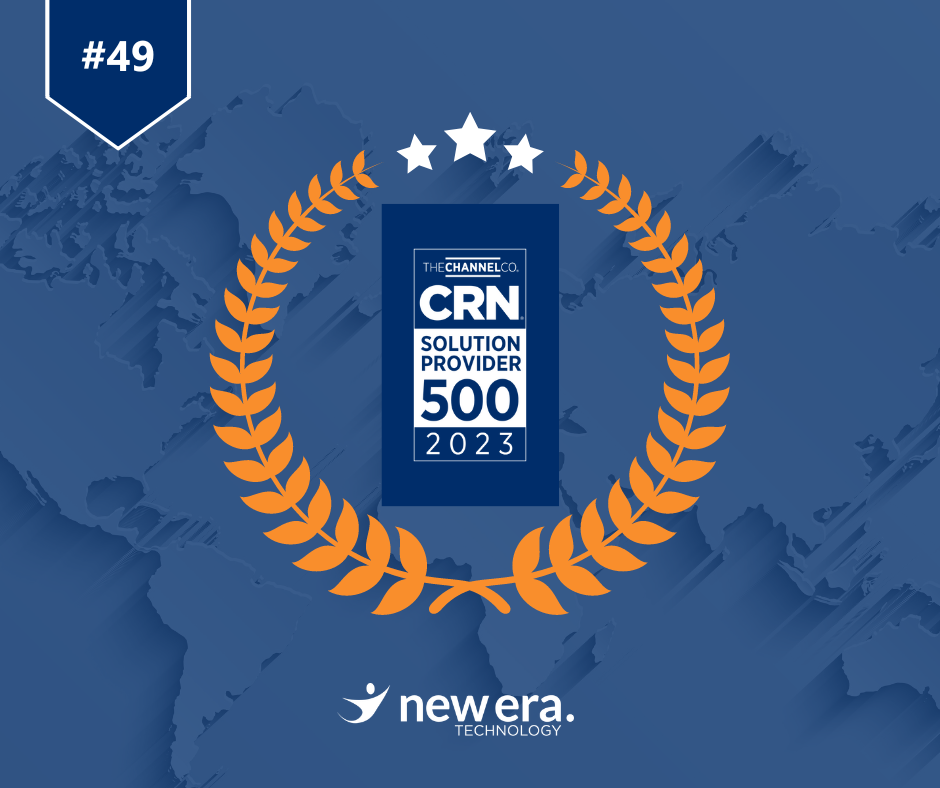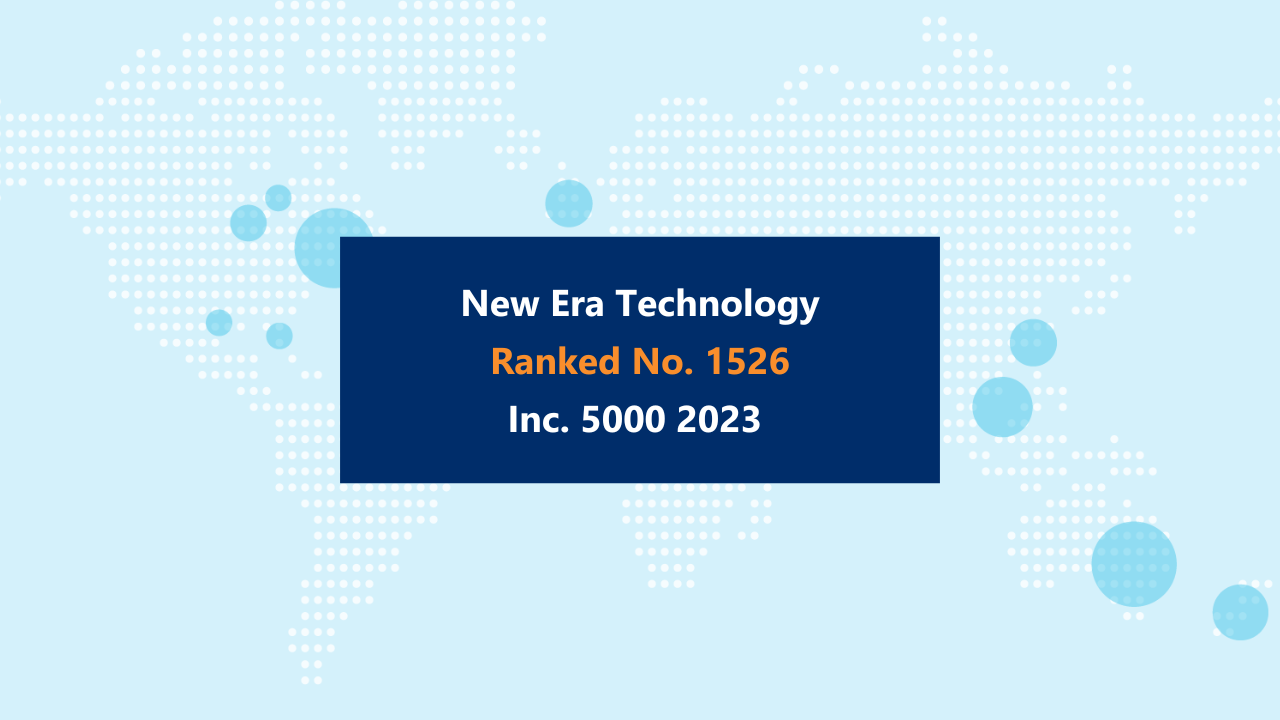It’s hard to imagine that the first Oculus Headset was introduced 13 years ago in 2010. A dream realized by Palmer Luckey, a man born in the 90’s—too young to have experienced the promises of a virtual future portrayed in movies like the Lawnmower Man, but let down by reality facing techno-limited VR gimmicks like Gameboy VR and the very short-lived Visuality arcade devices. Still, seventeen-year-old Luckey had a dream to reboot the VR industry at a time when video graphics, micro-computing, and LED display technology was improving at a head-spinning rate. Years later, over a hundred different headsets have come out on the market, along with thousands of apps on multiple platforms. With uses ranging from entertainment and education, to haptic-enabled surgical training and scientific exploration, the VR (and now AR) industry is a multi-billion-dollar juggernaut that is finding applications for Virtual and Augmented Reality that we never imagined.
Professional vs. Consumer Use
It is a given entertainment has dominated the Mixed Reality (VR & AR) market. In recent years, and after Meta’s purchase of Oculus in 2017, it seemed that this would be the trend for MR for at least the near future, but now reports are seeing an evening out of professional vs. consumer use of these technologies. The VR app market is seeing an increase in business and professional-oriented applications like MeetinVR, Spacial+ and other collaboration as well as design apps like Gravity Sketch that allows users to view and collaborate on 3D models. While Meta seems to be focusing on consumer and social uses for the technology, more and more professional headsets and custom developers are springing up to fill the market need for companies and organizations to develop specific content and peripherals for their unique uses.
One such developer, FundamentalVR, delivers a tiered custom solution for the medical education market with surgical training software applications. With mobile options (utilizing Meta Quest 2) and a more hardware intensive, haptic solution. FundamentalVR is able to provide universities and hospital system a much-needed alternate to the expensive and resource consuming training for medical students and residences.
WorldViz which has been developing custom VR applications and experiences since 2002, delivers a software solution that allows end-users the ability to create their own collaboration environment with the ability to present, images, docs, videos and 3D assets with other participants in both VR and on a standard PC. They also offer custom solutions like training scenarios and design reviews as well as 180/360 projection experiences for multiple users.
How is VR and AR both a disruptor and enabler of other Technologies?
At first glance, a technology that allows users to meet and collaborate in a virtual world, may seem to be a threat to the AV and video collaboration industry. However, with the expensive software development and somewhat limited familiarity every-day users still have with the tech, we aren’t seeing too many Zoom sessions being replaced with invites to a VR meeting in a sunny Spanish villa. Even when these meetings become commonplace, there will be an increased need for Cave systems (three-to-four walled video environments for simulated VR experiences) and other ways to bring a personal headset experience to the team via video wall, projection or just simply streaming the content to a display.
Holostage is a more compact but more immersive three-walled system that features 3D stereoscopic projectors, motion tracking and interactivity that allows clients (mostly automakers and more recently nuclear power facilities) the ability to design through realistic environments. Nuclear power plants in Japan are using the technology to help design better and safer plants as well as assist with disaster scenario training and can even use it in the case of a incident by virtually walking through the facility when the real one is deemed unsafe to simulate fixes or repairs.
Igloo offers a range of VR experiences from CAVE system with 3D tracking to pop-up domes, 180 degree and 360 degree mobile installations for short term use like trade show floors and demos. With a wide range of use cases and clients, Igloo is showing how an integrated VR experience is viable and affordable for many clients. While rear projection and short throw projection has been the standard for these installations, there is a growing need for DVLED or OLED walls to accomplish the same result only with higher contrast ratios, fidelity and no shadows!
Not only is Mixed Reality a technology that integrators can help their clients see as a tool for commerce, training and design, AV designers are using mixed reality to help design AV systems and provide immersive walkthroughs of the engineered systems for their clients. With rendering plugins like Enscape (for SketchUp and Revit), designers can take a 3D model of a conference space and transform it into the conference room of the future and even change the furniture, displays and other assets while the client is in the virtual space. Imagine the reaction of a customer donning a headset and immediately walking through a VR space of their soon to be built innovation lab complete with a 360 video wall experience room!
Augmented Reality
Let’s not forget AR and the possibilities this tech is offering businesses and industries today. While the use cases can be different and how the tech is delivered varies, AR has seen some recent developments making it a viable tool. Magic Leap, with it’s splintered beginnings, has developed an open API and developer’s tool for companies to create their own apps an uses which has allowed the evolution of AR to grow significantly. Other manufacturers like Google (who recently discontinued their Enterprise Edition to Glass) have been working on a trial by failure approach for the past decade to find the right design, utility and price to see how AR headsets can be used in everyday life. This tech is still very much in flux, but the uses are still growing.
While most of the use cases for AR is still in entertainment (i.e. the Pokemon Go phenomenon of 2016). Most movement of this technology is driven with the ability for users and developers to create their own content. This has led to many manufacturers and retailers to build AR apps for phones and headsets that allow customers to view products in real space. This is useful for someone purchasing items like furniture to see if a sofa will properly fit in someone’s living room or if it would crowd the space too much. Other applications are in education, exposure therapy, training and even enhancing live concert events with layered effects and visuals. NSF has developed an interactive training app EyeSucceed that assists food industry workers with reminders and safety checks that reduce human errors.
For AV integrators, AR can be useful in helping a client visualize how a larger LED display will look in an existing space by viewing it through a smartphone camera with tools like Sketchup’s AR Viewer. There are also AR headsets designed for utility workers that AV field techs can also use to view systems drawings and connection details while actively re-wiring an equipment rack. Interested in learning more? Contact New Era today.
References
- https://www.softwaretestinghelp.com/future-of-virtual-reality/
- Why Augmented Reality Is One Of The Most Promising Experimental Technologies Of This Decade (forbes.com)
- How AR and VR transform Pharma Manufacturing | by Tai Moscovich | AR/VR Journey: Augmented & Virtual Reality Magazine (arvrjourney.com)
- Frontiers | Augmenting Exposure Therapy: Mobile Augmented Reality for Specific Phobia (frontiersin.org)

 Canada
Canada Australia
Australia New Zealand
New Zealand UAE
UAE United Kingdom
United Kingdom




